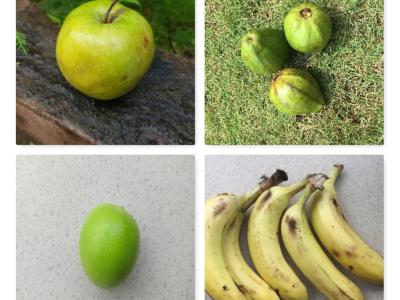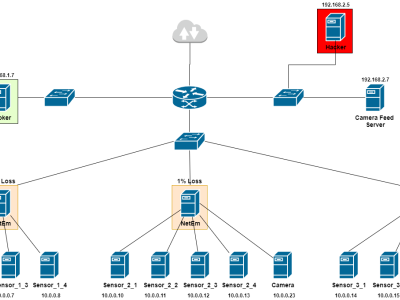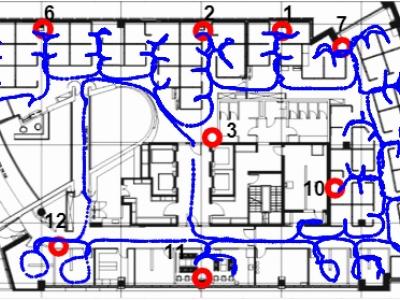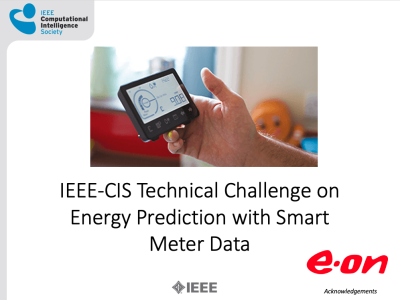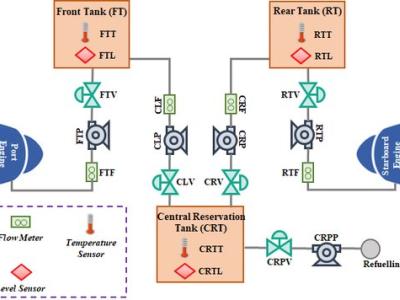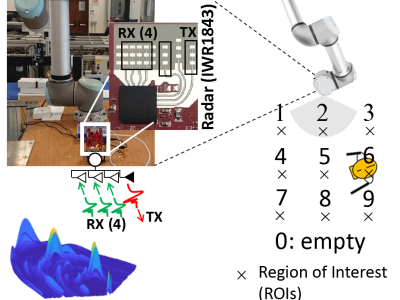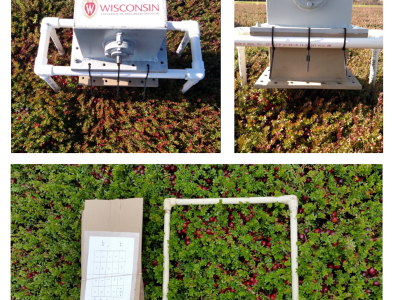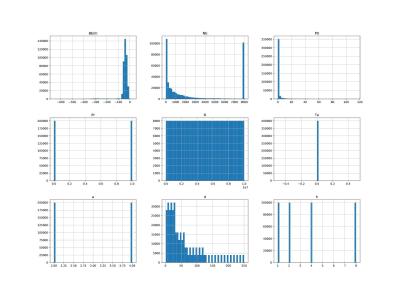
DataSet used in learning process of the traditional technique's operation, considering different devices and scenarios, the proposed approach can adapt its response to the device in use, identifying the MAC layer protocol, perform the commutation through the protocol in use, and make the device to operate with the best possible configuration.
- Categories:


